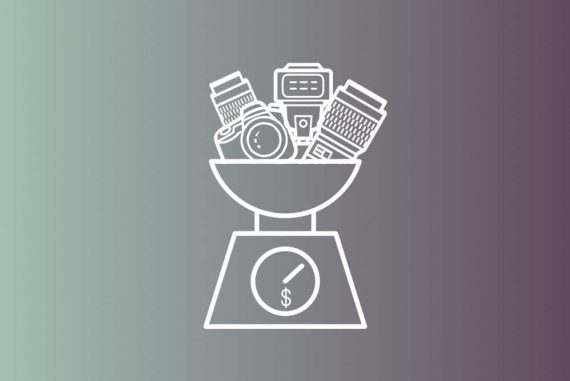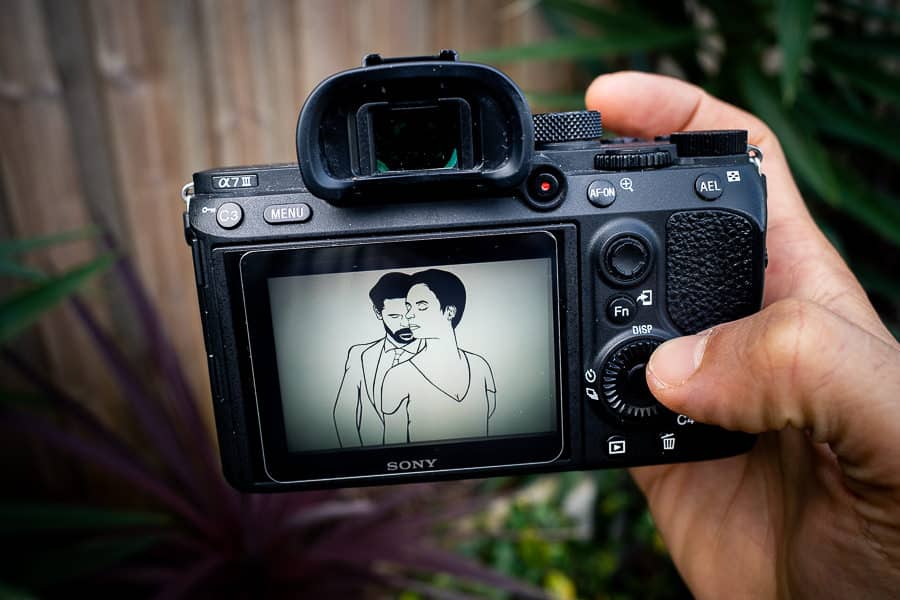

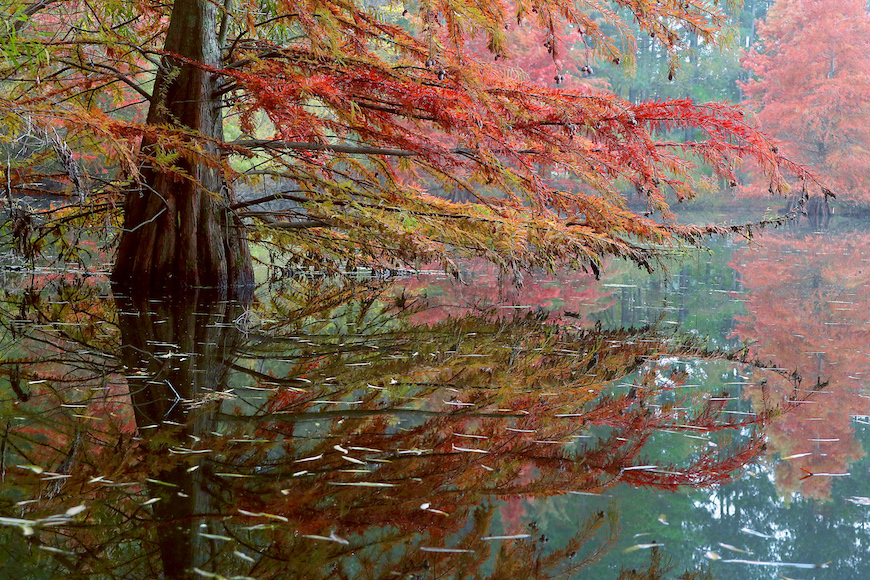


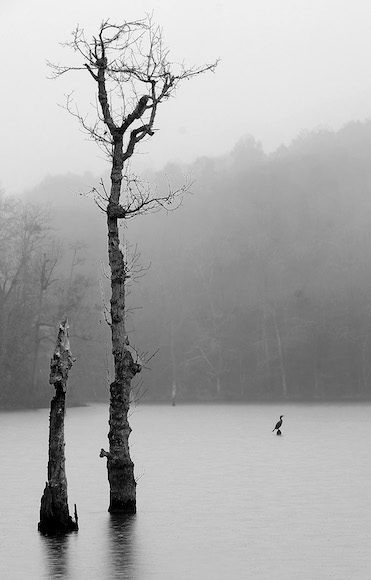
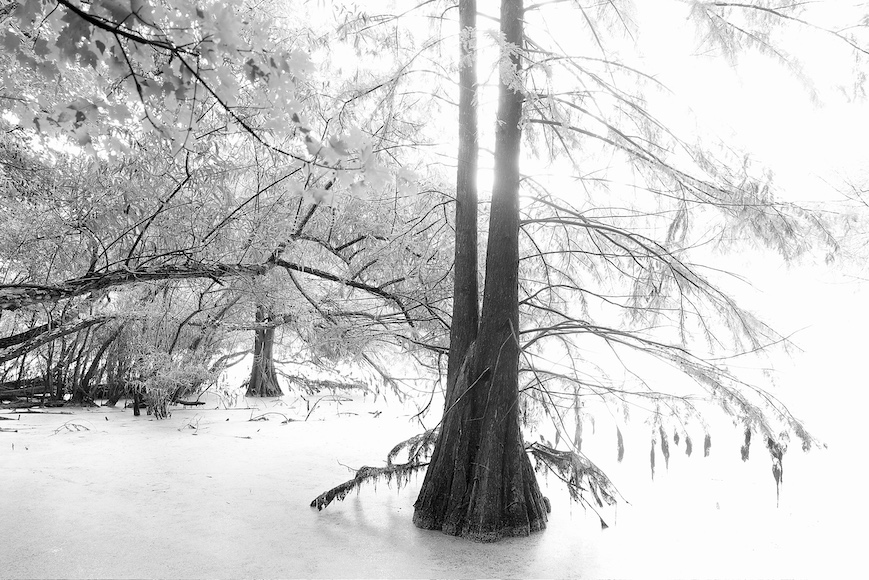
Patrick Krohn
Landscape | Last Updated: November 18, 2022
Hello, I’m Patrick Krohn, a nature and landscape photographer in South Carolina.
I have been interested in photography since quite an early age. However, I really fell in love with the medium when I was sixteen and living in New Zealand.
A friend lent me his 35mm SLR, I think it may have been an Olympus, and it was just shooting and developing images of my classmates and some pretty ordinary things around town.
I started studying art in college in California, and it didn’t take long for my photography teacher and me to realize that my interest was more in documentary and photojournalism. I then transferred to the University of Missouri, where I earned my journalism degree.
My first two jobs were with small newspapers out West in Utah and Montana. I was given a lot of freedom in what I shot and how I went about it.
One thing I learned early on was to keep my kit simple. Part of that was economics, cameras and lenses are expensive, and newspaper owners are cheap. The other part was just not wanting to carry too much gear around all day.
I wanted to be that fly on the wall and not draw attention to myself, and less gear helped me move around to stay near the action but not be in people’s way.
Outside of sporting events, I rarely used more than one camera, with a Nikon FM2 and a beat-up 35mm and 50mm as the primary lenses I managed to get by.
My lenses were soon upgraded to a Nikkor 35mm f/1.4 and a 180mm f/2.8. I still have this equipment and use it for show and tell in my photo classes.
The newspapers had a 20mm and the trusty 300mm f/2.8 that I often used for events and for a different look.
During this time, I was also lucky enough to do a few freelance gigs for the likes of The New York Times, Sports Illustrated, Forbes, and Business Week.
I then moved to a newspaper in Augusta, GA, to be the photo editor, but after two years there, I saw the newspaper business starting to shrink, so I left. I was in sales for twelve years after that, and my current day job is as a pricing analyst for a manufacturer in South Carolina.
During these years, I always did some photography, though mostly with different Canon point-and-shoot.
In 2016, I decided to gift myself a DSLR. It was a Canon T6i with 18-55mm and 55-250mm lenses.
In 2019, I thought I might take my photography more seriously again, and I pushed myself to photograph almost every day. I still have my full-time pricing job, so this meant finding things on my way to and from the office or even in my front yard.
That fall, I visited a small park called the Carolina Bay Nature Preserve, and that’s when I started a love affair with the bald cypress trees.
I continue to work on a project documenting the rhythms and flows of the seasons and how they affect these trees.
Canon EOS R – in 2021 I convinced myself to upgrade to this camera as I wanted better quality with my images. I did a load of research and decided that all of the entry-level mirrorless cameras are pretty comparable in price and quality, and the Canon was my choice.
The deal maker for me was the Vari-angle touch screen. I found that I almost never used the eyepiece anymore; it was all live view for me.
I often had my camera either on the ground or way up in the air or holding it out over some water with one hand and using the other to hold onto a tree to keep from falling in. The screen gives me the opportunity to see how the shot is lining up.
I also really love the touchscreen menus. When I am checking out a scene, I will often quickly make adjustments to the white balance and change over to monochrome to see if that’s the best for what I am seeing.
I like having two separate dials for the shutter speed and aperture. I remember having to push a button to change the aperture on the 6Ti, which was a drag.
Canon RF 24-240mm f/4-6.3 – this lens is on about ninety percent of the time.
Canon RF 85mm f/2 Macro – the macro lens I just had to have since I often find some interesting things in my yard I want to get up close to.
K&F Concept circular polarizer – these are kept on each lens most of the time, and when I want a longer shutter speed, I also use the K&F Concept variable ND filter.
Joilcan H80 – I like this tripod because I can get it almost flat on the ground and also get my camera eighty inches into the air. There have been times I have gone from one extreme to the other in a few moments.
Domke – my trusty bag that I have had since the late 1990s. My wife has had to stitch up one of the seams recently, and the strap may need to be replaced again soon.
It’s a little bigger than I really need, but it fits my back and hip like it’s part of my body. The umbrella is a must-have piece of equipment as it rains a fair amount in South Carolina.
I do enjoy shooting in the rain, so a nice, big golf umbrella covering me, my camera, and my tripod are key.
Photoshop – for post-processing used in a very minimal way. I try to keep the final image as close to what I saw when I took the photo.
Lastly, you may be asking why the name “One-Eyed Dog Studios.” I wanted to do something a little different than just my own name, and we have a very old, one-eyed rescue dog named Rogue.
So there you have it, a kinda, fun and unique name.
My kit is very simple because my outlook and approach to this medium has always been quite simple.
We all just work with what gear we have, and I enjoy getting to play with mine almost every day.










